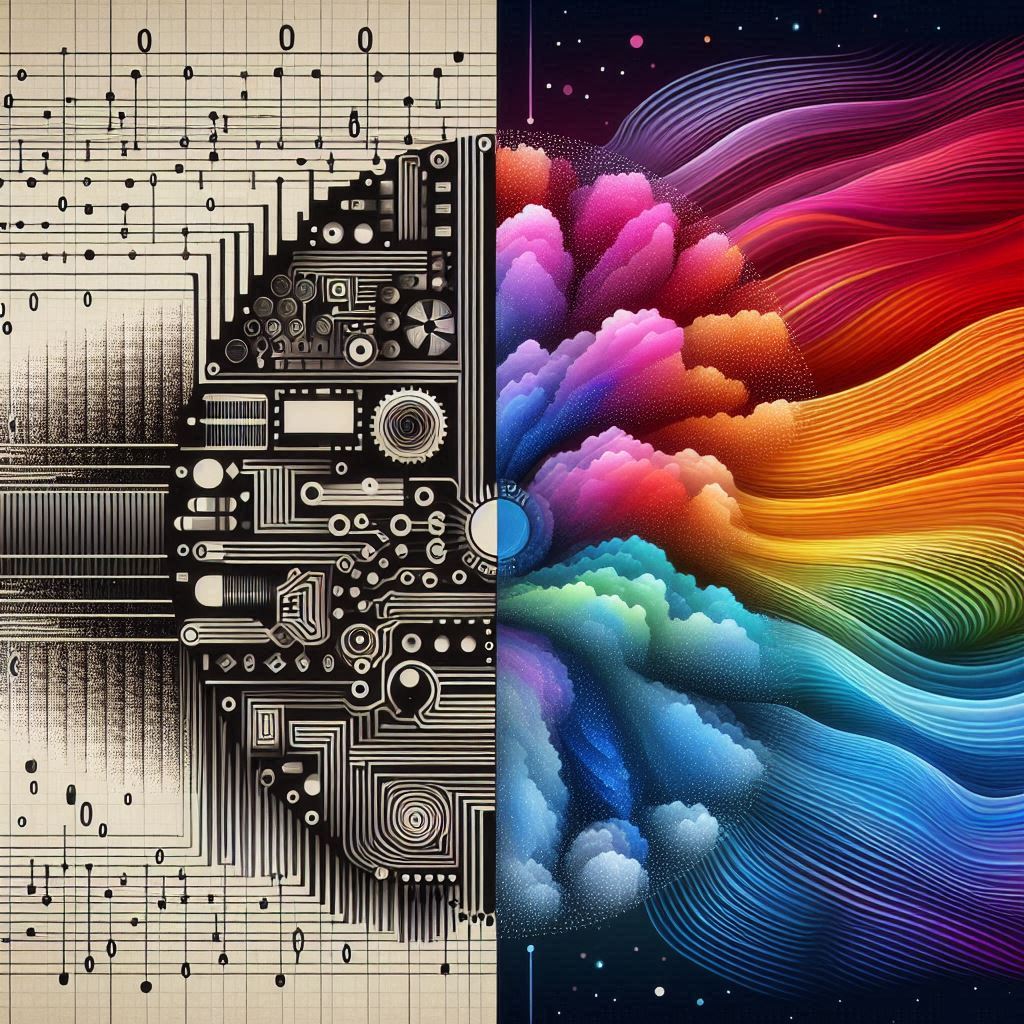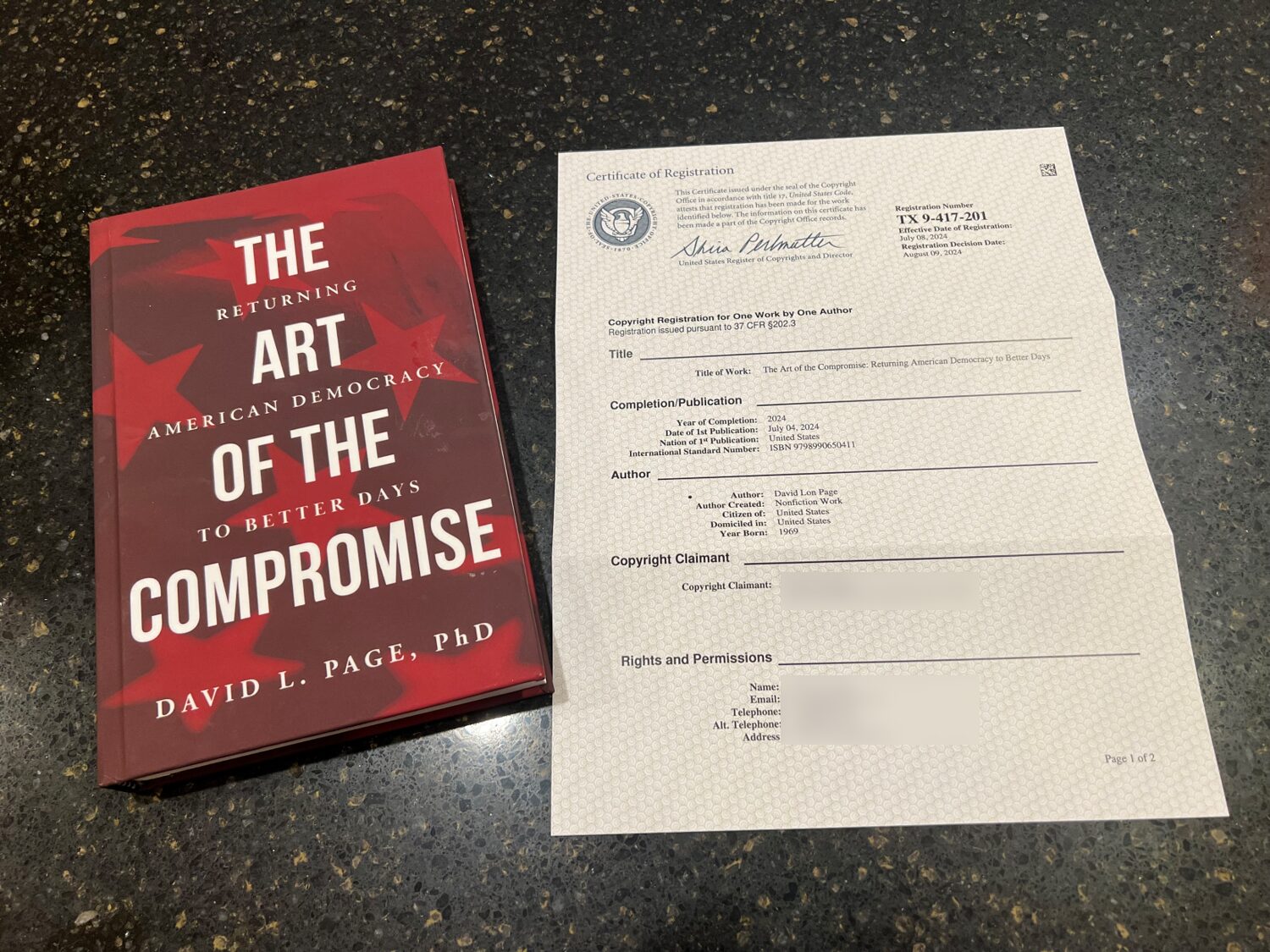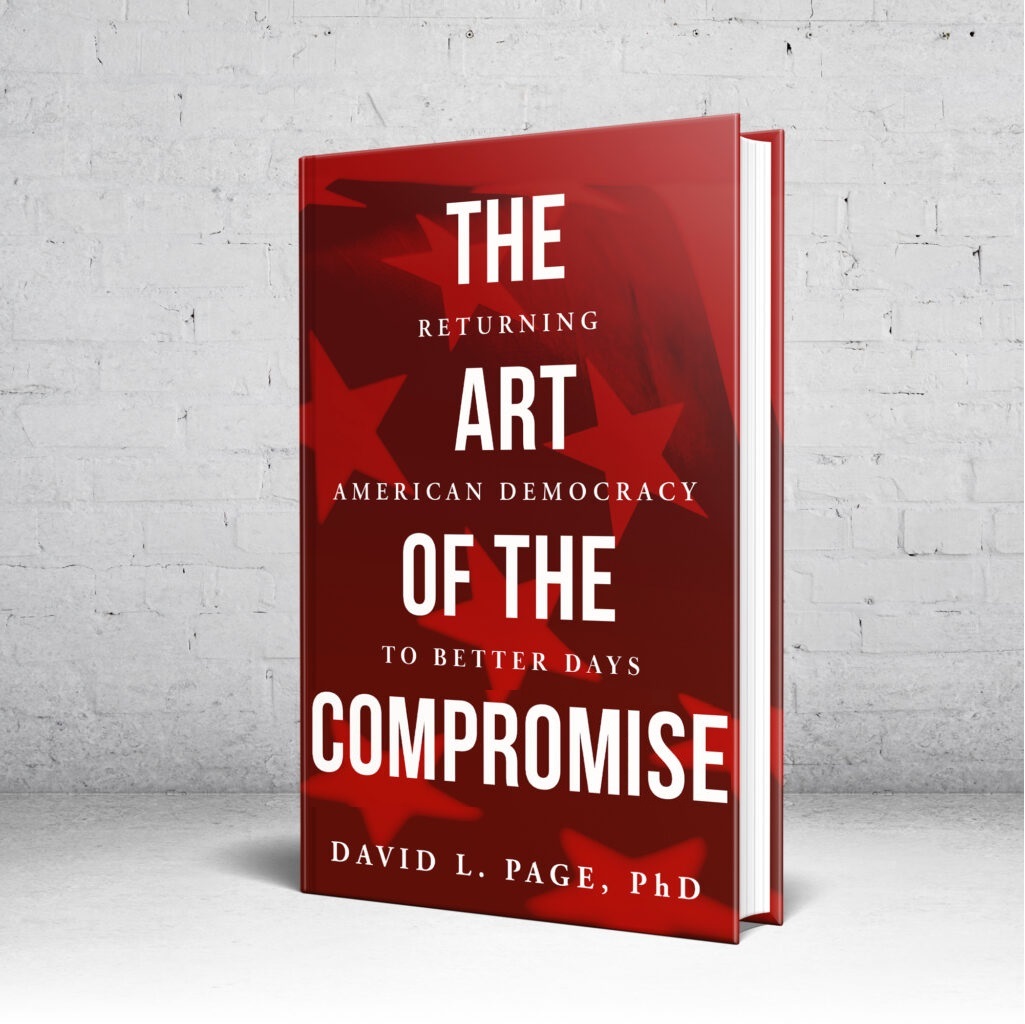“The human mind is a difference engine—but it’s built for two speeds: friend or foe. Real wisdom is learning how to slow it down and see the gradient, not just the gate.”
In the age of hyper-polarized politics and rapid-fire online debates, it’s tempting to believe we’ve become more divided than ever. But the tendency to see the world in binary terms—us vs. them, right vs. wrong, freedom vs. tyranny—is not new. It’s rooted deep in how our minds evolved.
The human brain is fundamentally a pattern-seeking machine. It excels at spotting contrasts, especially stark ones. This instinct served us well on the savanna. Is that sound a predator or the wind? Is this stranger a threat or an ally? These quick judgments—binary judgments—helped us survive. When survival is at stake, the luxury of nuance fades.
This cognitive shortcut, known as a heuristic, remains deeply embedded in our modern thinking. We default to binaries because they’re fast, emotionally satisfying, and easy to process. In the mental architecture laid out by psychologist Daniel Kahneman, this is System 1 thinking—fast, intuitive, reactive. System 2—the slower, more analytical mode—is what we need to process complexity, but it’s tiring. We avoid it unless we must.
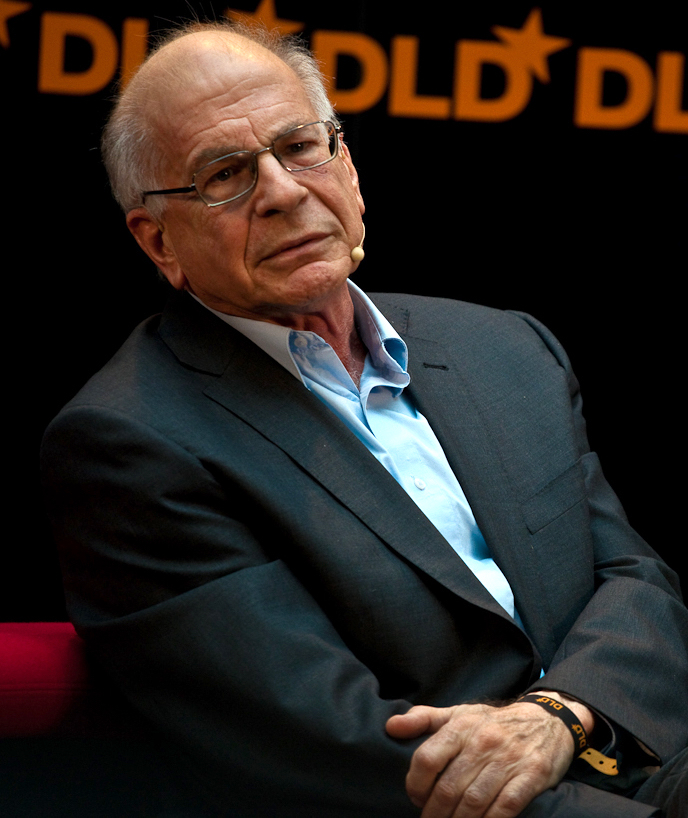

This work by NRKbeta.no is licensed under a Creative Commons Attribution-Share Alike 3.0 Norway License.
Permissions beyond the scope of this license may be available at http://nrkbeta.no/cc/.
In politics, this bias shows up as partisan loyalty, tribalism, and a tendency to reject anything that doesn’t fit the binary mold. You’re either “pro-science” or “anti-science,” “pro-freedom” or “pro-government.” There’s little room for in-between stances, let alone entirely different frameworks. Binary differentiation reduces complexity into a story with a hero and a villain. It works well in campaign ads and Twitter posts, but it stifles thoughtful dialogue and imaginative problem-solving.
The media and digital platforms reinforce this pattern. Outrage and certainty drive engagement. Nuance doesn’t trend. It doesn’t inspire. Algorithms reward clear conflict more than careful consideration. The structure of the conversation itself becomes binary, even when the issues aren’t.
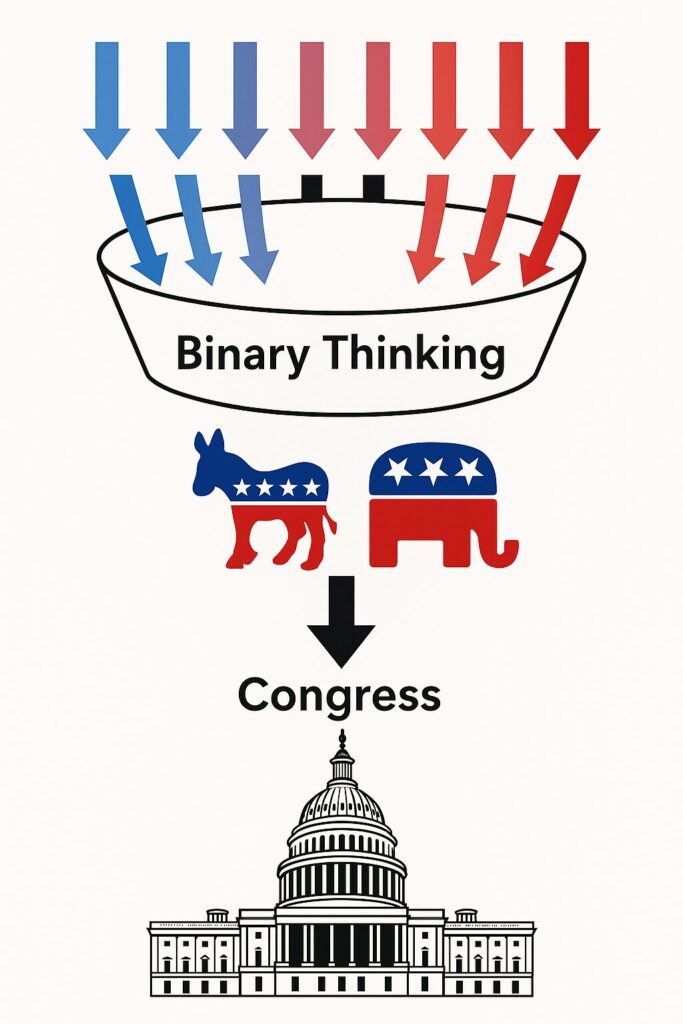
Illustration from my book The Art of the Compromise demonstrates how Congress is the integrating piece to the puzzle in politics to slow down the decision process.
Yet, not all problems are either/or. In fact, few are. Climate policy, education reform, national security, and public health. These issues demand multi-point differentiation. They require us to compare competing values, weigh trade-offs, and understand perspectives that may not align neatly with our pre-existing beliefs.
The challenge—and the opportunity—is to slow down the difference engine. To teach our minds to look for gradients rather than gates. To cultivate habits of thought that make room for ambiguity, contradiction, and layered meaning. Wisdom, in this light, isn’t about taking a side—it’s about holding tension between sides and listening for what doesn’t fit the binary script.
We’re hardwired for simplicity. But democracy—like adulthood—requires complexity. The next time we feel the impulse to divide the world in two, let’s pause and ask: What am I not seeing?
Because real leadership, and real change, often begin where the binary ends.
